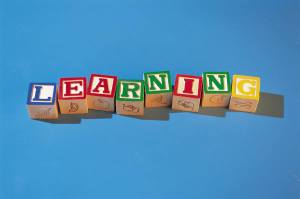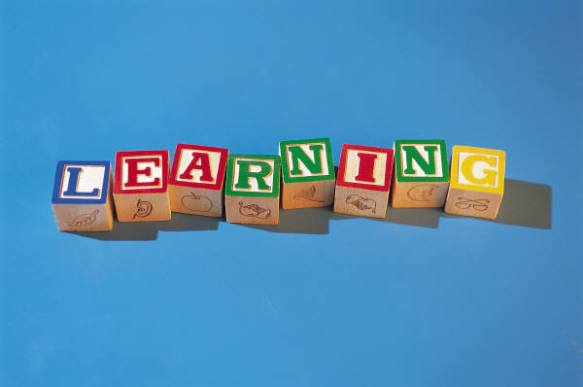by Neva Fenno, M.S.Ed., MLIS
When the federal government passed legislation for IDEA (Individuals with Disabilities Education Act – Public Law 94-142) they knew they were laying the groundwork for an enormous sea change in the way schools would manage their special education services. They could not have accurately estimated the enormous bureaucracy and costs to school districts that would follow.
The law consists of four parts:
- Part A lays out the basic foundation for the rest of the act
- Part B lays out the educational guidelines for school children 3-21 years of age
- Part C recognizes the need for identifying and reaching very young children with disabilities
- Part D describes national activities to be undertaken to improve the education of children with disabilities
The devil is in the details, and IDEA Part B Regulations: 34 CFR 300.16(b)(14) is where the details live. For example, transportation includes “travel to and from school and between schools, travel in and around school buildings,” and “specialized equipment (such as special or adapted buses, lifts and ramps) if required… for a student with a disability.” The IEP must include the type of vehicle, specific equipment, circumstances under which transportation will be provided, pick-up and drop-off points, personnel who will be involved and goals and objectives for the transportation.”1
The costs of preparing for and providing transportation to special education children grow every year. In Buffalo, NY when I was a young SPED teacher, students called the little yellow buses for SPED kids “The Cheese.” It’s a reference, of course, to the color of the buses—identical to Velveeta. It was a pejorative term and many older children avoided using the buses at all costs to avoid stigma.
Each bus is specially equipped with lifts and other seat alterations to accommodate wheelchairs and other equipment required for student safety. Then there are the specialized vans. As medical science improves the outcomes of early term pregnancies, enrollment of children with complex medical conditions who attend regular public schools increases. In schools, we see children with breathing tubes and other elaborate medical support devices in special classrooms all in the interest of providing education in the “least restrictive environment,” as required by law.
The part that gets expensive is one that has been challenged in court on many occasions. Let’s say a student living in Smallville has an extremely complicated medical condition that requires medical care 24/7 that the school district cannot provide on its own. The town must pay the costs of transporting the child to a town that does. I can recall cases where students were transported 30-40 miles each way to facilities with specialized support for complex situations. Therefore, the student is on the bus much of the day, which may require a specially trained aide to attend at all times. It’s hugely expensive and sets up a situation where districts must decide whether to provide the transportation or create a facility that supports those special needs.
In recent years, Massachusetts districts spent on average six percent of their total operating expenditures and 33 percent of their total special education expenditures on out-of-district special education placements. The average outplacement cost for private day programs is just under $51,000 per year, and for public programs in collaboratives the cost is just under $32,000 per year.2
Private residential programs cost an average of $105,000 per year. Districts spend more for transportation to private day schools, at roughly $9,600 per pupil per year on average. These costs are rising. States are stepping up to help districts support the costs by creating Circuit Breaker funds, but I have to wonder if the system is sustainable.
Tough decisions need to be made at IEP meetings, and districts are placed in an awkward situation, looking like a bad guy if they don’t provide elaborate services for these children. The children are ours and we can’t turn our backs, but we all face challenges coming up with solutions.
Resources for your consideration:
- Massachusetts Organization of Educational Collaboratives
- New Jersey School Boards Association
- WrightsLaw – Related Services
- Developing an IEP with Related Services in Mind
- U.S. Department of Education
Let me know how your school or district manages transportation costs.
1 Statewide Parent Advocacy Network, http://www.spannj.org/publications/transportation_pub.htm
2 Massachusetts Department of Elementary and Secondary Education, March 2009. Office of Strategic Planning, Research, and Evaluation
Grant Name: Foundation Grants
Funded By: Safeway Foundation
Description: The Safeway Foundation supports nonprofit organizations whose mission is aligned with our four priority areas: Hunger Relief, Education, Health and Human Services and Assisting People with Disabilities.
Program Areas: After-School, Arts, Community Involvement/Volunteerism, Disabilities, Early Childhood, General Education, Health/PE, Homeless, Math, Reading, Safe/Drug-Free Schools, Science/Environmental, Social Studies, STEM (Science, Technology, Engineering, Math), Technology
Eligibility: Public School, Private School, Higher Education, Other
Proposal Deadline: Ongoing
Average Amount: $2,500.00 – $10,000.00
Address: 5918 Stoneridge Mall Road Pleasanton, CA 94588
Email: Christy.Duncan-Anderson@safeway.com
Website: Safeway Foundation
Availability: All States















